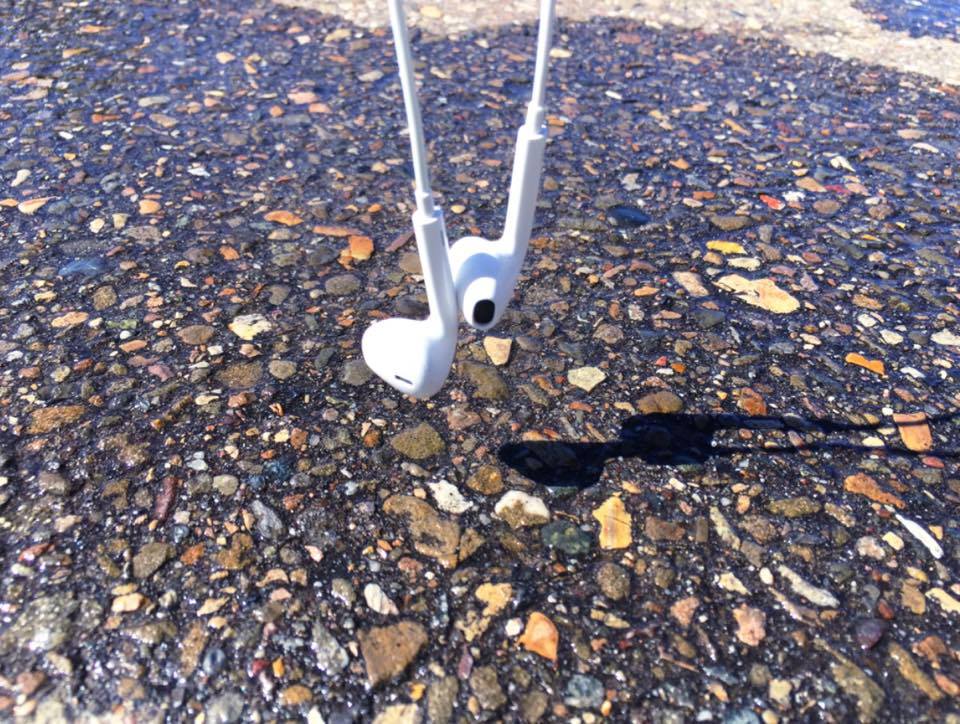Synth Pops and Raindrops, Music and the Rain

The rain can make days look and feel like nights. It can create a symphony of drops and crashes.
Music can do the same. It’s a powerful force and like the rain, it can also cleanse you. You can take the rain and it can become as much a blank space for you to fill with emotion as music can. There is a contradiction carried by both rain and music: you can cry to it and hide–or you can dance and laugh with it.
“Repulsive on Chocolate” by Sun Club evokes the imperfection that accompanies laughing in the rain. There’s a vintage lens that the song captures not unlike the hazy gray embrace of the rain, specific to the moment you’re standing in it. It’s impacting, but also has the carelessness of shrugging off the unchangeable weather. The balance of the heavy and light unpredictability mirrors that of the weather and of our souls.
Thunder, lightning, raindrops: all distinct parts of the melody that is a storm–just as lyrics, beats, strums and drums are used to compose a piece of music. Lyrics can be happy but backed by a somber track, just as the sun can shine through light rain. The sudden pop of a synth, like the first raindrop, can begin a journey of reflection. How you see music is entirely up to you. How you feel it is also up to you.
We look at music or rain with an idealized perspective; it can be a completely new or romantic experience. We see what we want to see in that storm or chorus. The way we hear, see and feel is often blinded by the haze of the moment. We can become lost in the changes in tempo as we connect to different sounds and experiences.
It’s an experience unique to the possessor.
That idealization can be heard in “Stars” by The Xx. Rain sometimes rolls continuously; the song paints an image of headlights driving down the highway. The melody is forward-leaning, punctuated by the echo of piano keys and pelts of rain against your dashboard, that bliss we get lost in. We’re completely unaware that like both the song and the water will end eventually.
As rain can put out a fire or stir up the atmosphere with a storm, music does the same. The right song can bring us back out of a fire of emotions and allow us to reset. It can also curate a moment of rushed emotions, running rapidly in time with a heartbeat. All can be felt on a level beyond the surface of mere audibility, like the chill of incessant drops against our skin or the throb of the bass.
Often rain is a loop of darkness, repetitive and frustrating. Caribou’s “Can’t Do Without You” portrays this in a cinematic fashion. It captures the frustration of being caught in the rain, of waiting for an answer to a question. There’s tension in that moment. Often the rain colors the world in shades that dance opposite the truth; so does the song.
A disruptive harmony, you can fall in and out of love with music and the rain. We naturally soundtrack our memories with sounds and emotions, but subconsciously we do so with the weather. It’s constantly changing, something we can plan on, a storm will pass, just as a song will.
That disruption is on full display in “Search Party” by Sam Bruno. Anxious clockwork of a beat tosses the song, not unlike the feeling of searching for a quiet place out of the storm. The tenseness underneath the song creates an expression not unlike the inner turmoils and monologues we feel during a literal physical storm. It punctuates with synth bursts and crushed drums to create the perfect counterpart to a physical and emotional downpour. You’re not sure whether you want to dance or run, the anxiety at the forefront of the experience.
You can get caught in the storm and experience it for what is, by shifting the way you feel. Once the song ends and the storm is gone, you are able to reflect on what you’ve listened to and felt, the final notes will fade out. The sun will start to shine on the sidewalk again. There are crashes, moments of calm, times of being overwhelmed and times of feeling clean.
The song fades out on closure, hope, or peace, until the next track.
Peter Gonzalez is a KCPR content contributor and Cal Poly journalism junior.

